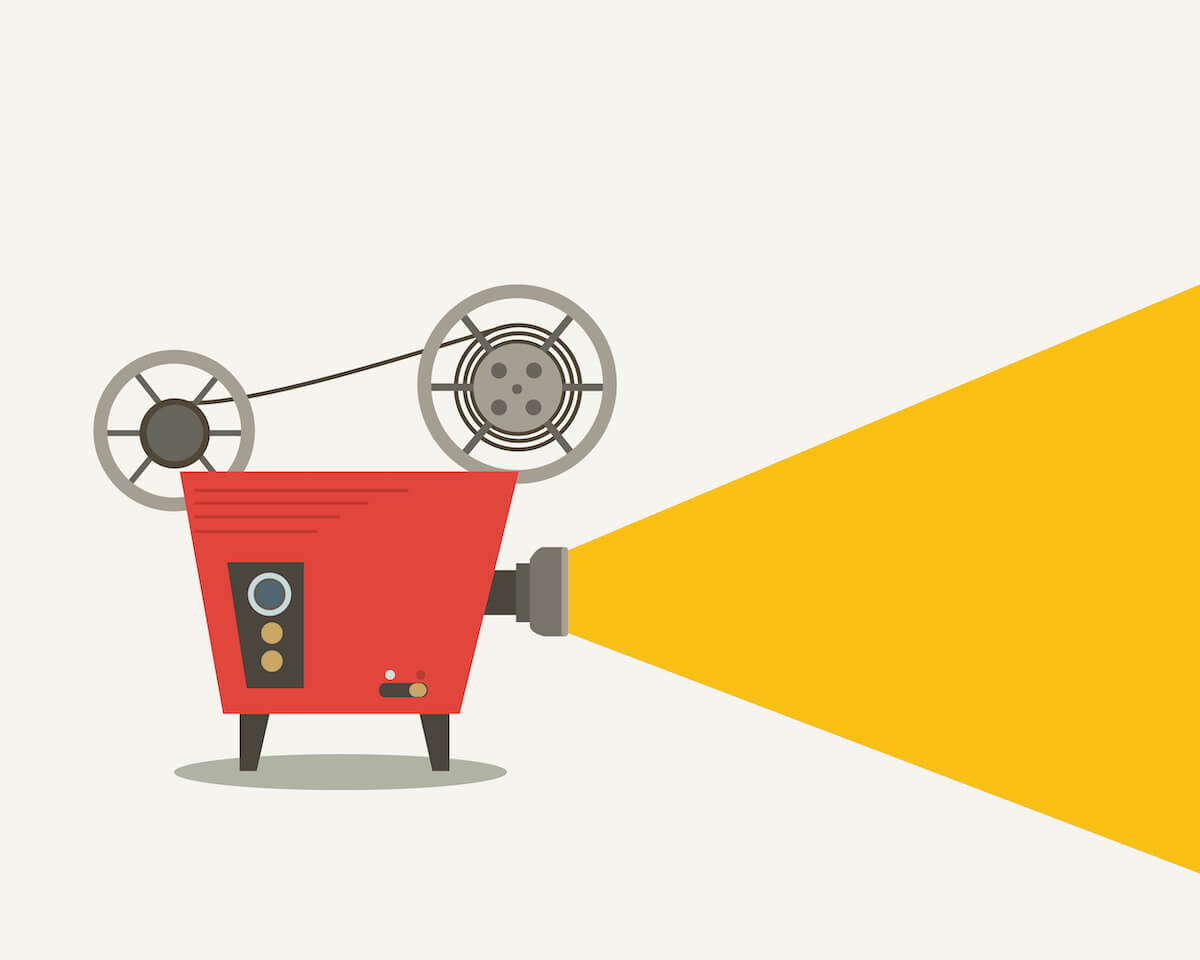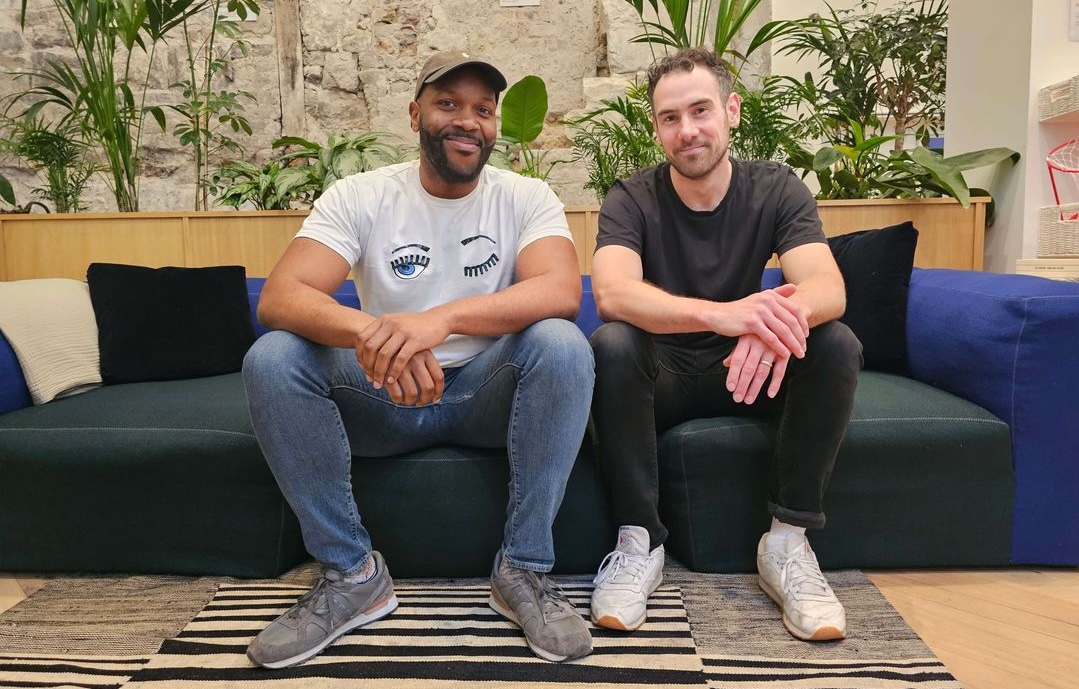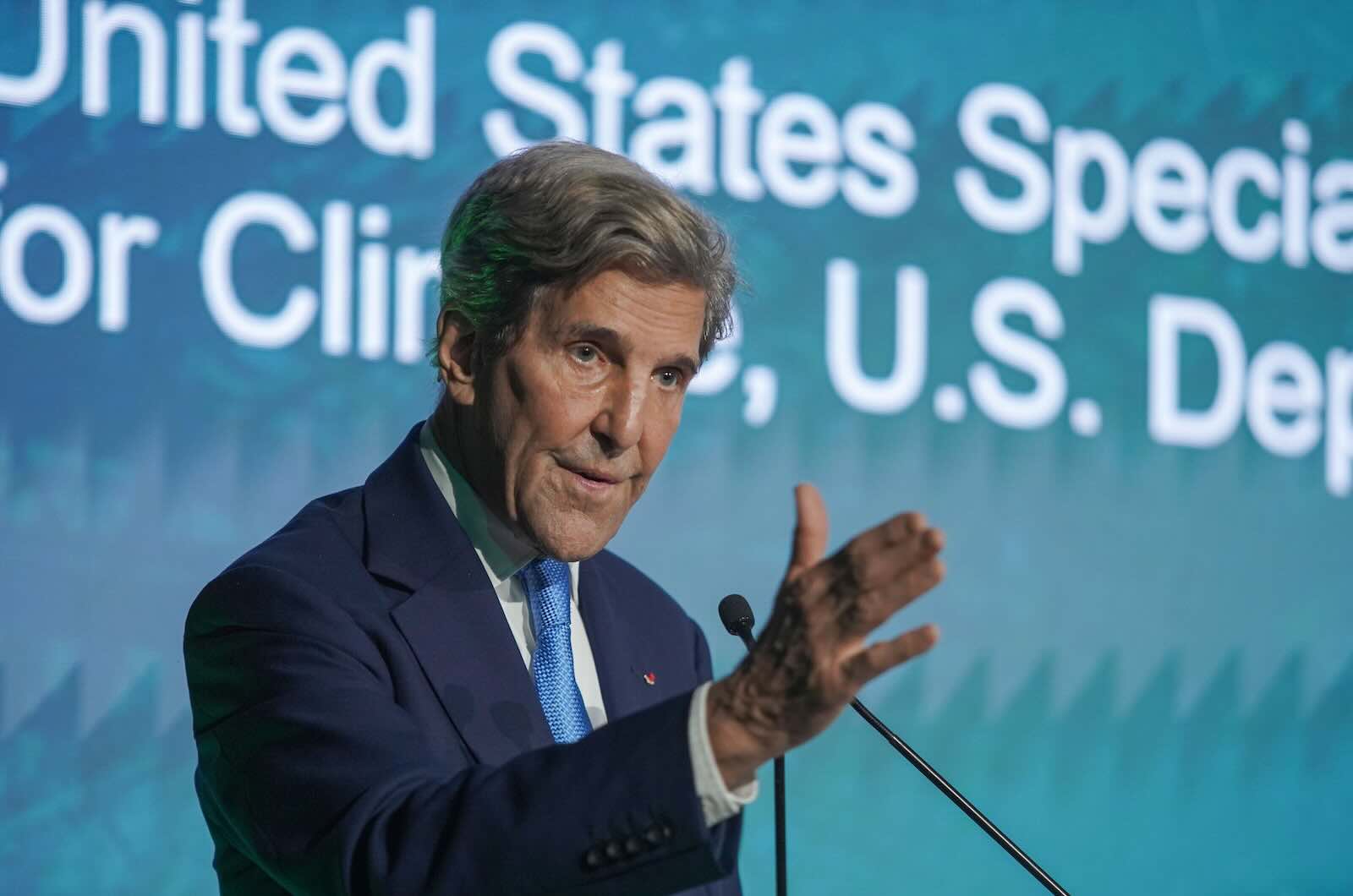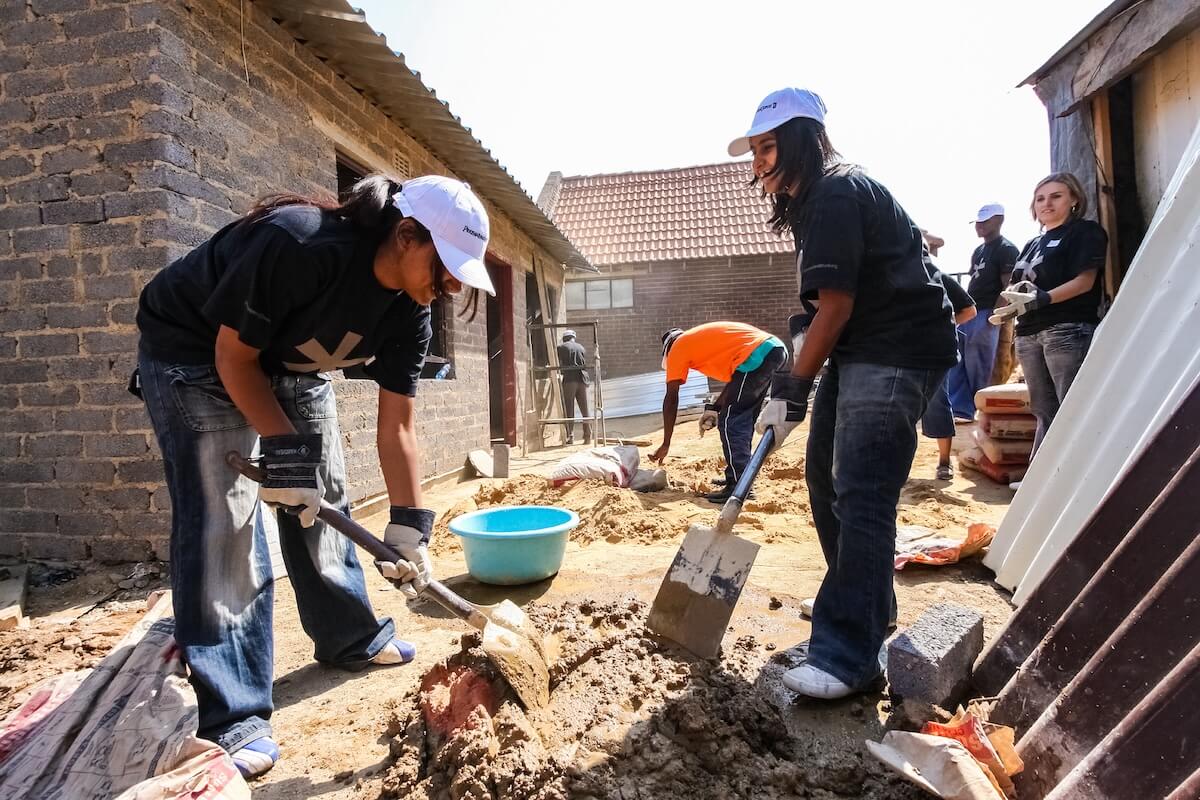There has been much discussion in the press (and fierce debate online) about climate change gloom and doom in response to “The Uninhabitable Earth” by David Wallace-Wells. The New York Magazine piece describes a planet that becomes the enemy of the human race by the end of the 21st century.
Some very smart climate change reporters such as David Roberts at Vox think it is valuable to discuss and understand worst case outcomes, whereas others such as the scientist Michael Mann, writing for the Washington Post, worry that fear-mongering only turns people off when doomsday is described as inevitable.
Whatever your take, how we communicate about climate change matters. But what we do about it matters, too. Building on the current conversation, I want to share my thoughts on another climate publication we should all be talking about — one that approaches the issue from a very different angle.
“Drawdown,” edited by Paul Hawken and written with support from two hundred climate analysts, provides a much more hopeful prognosis than Wallace-Wells’ piece, arguing that we can reverse climate change by scaling up technologies and practices that are fully mature today.

Mr. Hawken’s book is paired with an extensive website, www.drawdown.org, that describes 80 strategies for battling climate change (along with another 20 that are on the horizon). Ranging from onshore wind energy to “alternative cement,” these solutions — in combination with existing strategies and pushed hard by governments, businesses and individuals — could not only stop the growth in atmospheric concentrations of greenhouse gases but also reduce them.
But “Drawdown” also highlights the importance of some less-talked-about solutions. Importantly, it takes into consideration elements of society and diversity as crucial pieces of the puzzle. Educating girls (#6) and family planning (#7), if achieved at scale, would do more than any other single strategy. The two together would reduce the projected global population by 1.1 billion people by 2050 and reduce cumulative greenhouse gas (GHG) emissions by 120 billion tons. (The U.S. emits about 6 billion tons of GHGs each year.)
“Drawdown” also takes on the role of food production and use. Reduced food waste (#3) and plant rich diets (#4) could, in combination, reduce emissions by more than 130 billion tons. For a vegan like me, that’s a highly reinforcing message.
The message of “Drawdown” is far from gloom and doom — but there is much work to be done to bring these solutions to scale and make real, measurable change. In many cases, these solutions aren’t supported by policies and markets that would be needed to implement them rapidly and at scale. The gloom-and-doomers are right to suggest that we need to be on a war-footing when it comes to global warming.
To make a more rapid transition to renewable energy, we should establish a price on carbon emissions either through a tax or a cap and trade program that will assure that the cost of energy produced from those existing plants fully reflects the global warming impacts they impose.
“Drawdown” encourages readers to find hope in a habitable future planet, while at the same time spurring action. And most importantly, it extends the discussion about solutions to many aspects of our lives beyond energy — showing how each of us may become more involved in protecting the planet. There is still much to be done in policy and practice to scale these solutions to actions that can reverse global warming. Let’s get to work.
Mark Tercek is the president and CEO of the Nature Conservancy and author of Nature’s Fortune. Follow Mark on Twitter: @MarkTercek.











